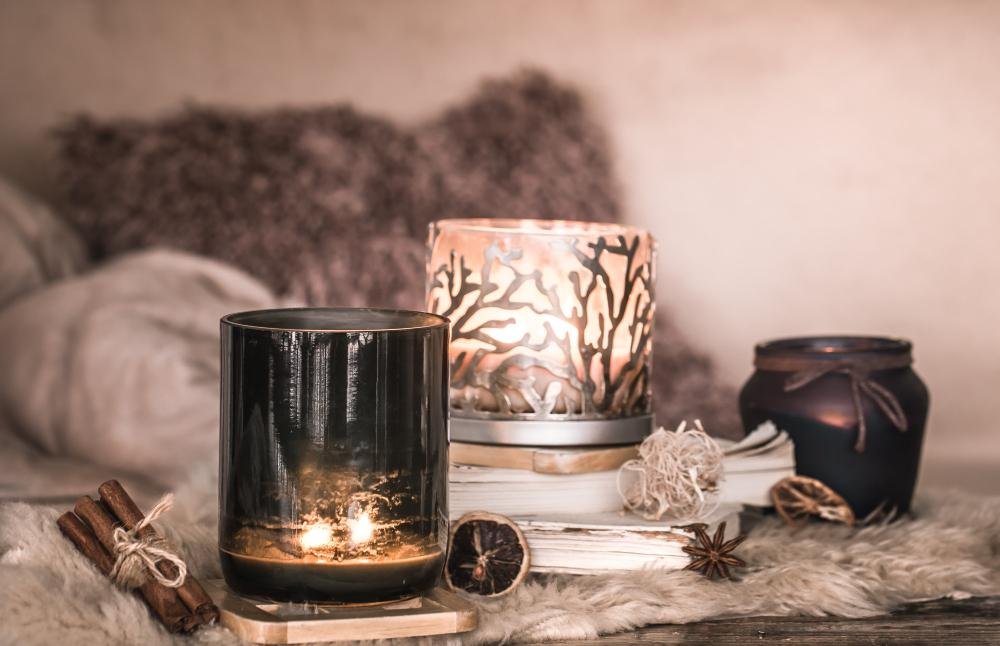The difference in price for scented candles is sometimes simply cosmic - and this seems strange: how can they differ so much that one candle, beautiful and smelling delicious, is ten times cheaper than another, just as pretty and fragrant? But there is a difference - and this difference lies in the plane of naturalness, safety and, of course, quality. Let's learn how to choose truly high-quality, harmless, "tasty" and natural candles that will give the promised coziness and a subtle, pleasant aroma, and will not smoke your home with something dubious and even dangerous to health!
Analyzing how good candles are is not difficult: the main thing is to know what to pay attention to. The "pyramid rule" works great for analyzing candles. First, you look at what the base (the body of the candle) is made of, then pay attention to the quality of the fragrances, and finally, take into account the details - the wick, the cup, even the packaging.
The most important thing is the base
To “weed out” the lion’s share of dubious candles, just turn the candles with the label facing you and read the first line in the composition – what the base is made of. If it’s paraffin, you can safely put the candle on the shelf and move on.
Paraffin is a petroleum product, completely unnatural, and in its worst form (cheap, used by manufacturers of the most inexpensive candles) it also releases substances that are really harmful to the body, for example, phenol. By lighting such a candle, you are actually inviting harmful substances into your body, because it is through the respiratory system that they enter it with the greatest impact.
Of course, there are candles made of very pure, food-grade paraffin, which do not release obvious harmful substances when burning, but they are also not recommended to be burned for too long or to be with such candles in a closed room.
Natural wax is a different matter. Moreover, in recent years, candles not made of pure beeswax, but of plant analogues (soy, carnauba, coconut, jojoba, etc.) or their mixtures with beeswax have been gaining popularity. Since natural waxes are significantly more expensive than paraffin, candles made of them are also more expensive - and this is the case when the extra cost is worth it.
Firstly, candles made of natural wax do not emit any harmful substances.
Secondly, such candles do not smoke when burning.
Thirdly, they “hold” the natural aroma better and “give it off” more gently during use.
Fourthly, they themselves often have a barely noticeable, very delicate, cozy aroma. In general, it is candles made of natural wax that adherents of hygge and other philosophies of enjoying pleasant household trifles speak with delight.
Quality and composition of the aroma
Another stumbling block in the issue of aromatization of candles. Question number one: what exactly was used to give the candles their aroma? Cheap candles use synthetic fragrances and flavors, which, firstly, give a strong, sharp and completely unnatural smell, and secondly, these flavors are often unstable.
A typical situation with cheap scented candles: you take such a candle in your hands - and it "smells" strongly, expressively, but when burning, the smell either immediately disappears or is not felt at all. High-quality candles are aromatized using natural essential oils, which behave completely differently. They "open up" gradually and softly when burning, and when unlit, they smell natural and light.
The aroma is released during combustion even at the very end, when the candle burns out. The sensations from inhaling such a scent are also different: you really feel the promised peace, relaxation and other emotions, since natural essential oils provide not only a scent, but also a therapeutic, emotional effect. In the case of cheap fragrances, at best you get a more or less pleasant smell, which either disappears instantly, or, on the contrary, eats into the surrounding textiles for many weeks.
